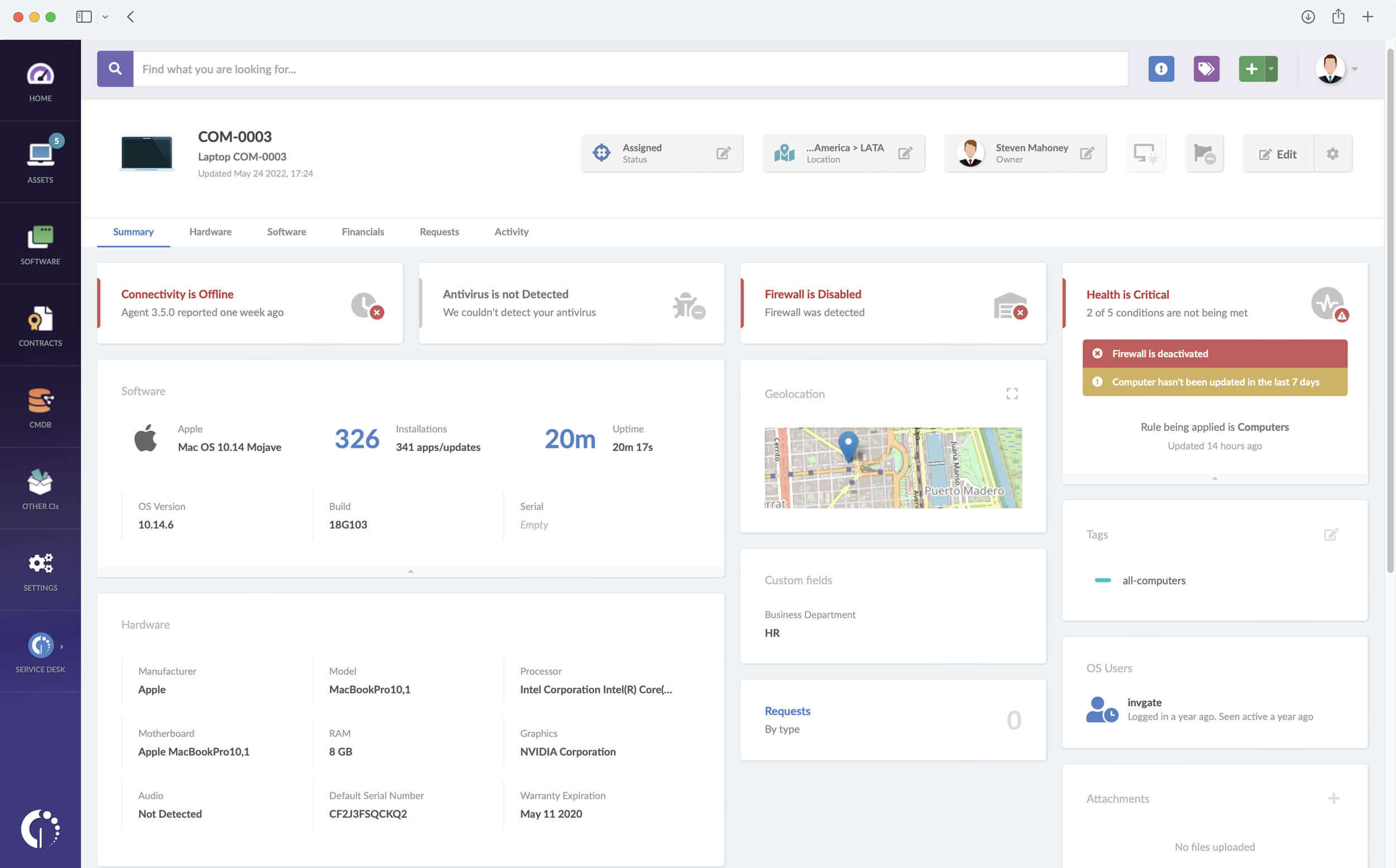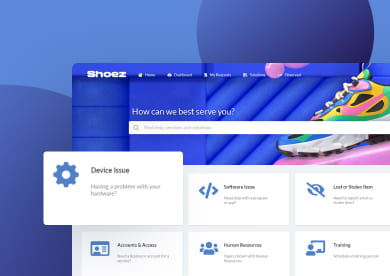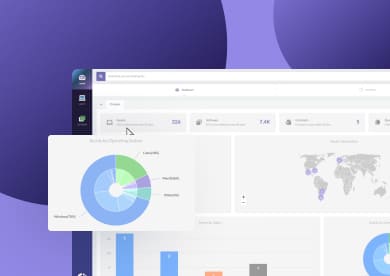Asset location tracking is the process that allows companies to know where their assets are at any given moment. While it can be done manually by scanning and updating locations, it often involves technologies that automate the process.
In this article, we’ll define what asset location tracking is, how it fits into a broader asset tracking strategy, and the main methods organizations use to track where their assets are.
What is asset location tracking?
Asset location tracking is the practice of knowing the exact, real-time location of an asset. In most cases, it refers to tracking physical assets such as vehicle fleets, computers, or high-value equipment.
The process is typically automated, with little to no manual intervention. Automated asset tracking gives teams real-time updates through specialized technologies such as Global Positioning System (GPS), Radio-Frequency Identification (RFID), Bluetooth Low Energy (BLE), or Wi-Fi.
Why is tracking asset location important?
Assets are valuable by definition. That’s why knowing where they are at any given time is essential to manage them properly. Without clear location data, organizations risk losing visibility, wasting money, and reducing efficiency.
Key benefits of tracking asset location
Asset location tracking brings a series of additional advantages that strengthen both operations and decision-making.
- Operational efficiency – Save time and reduce errors by knowing exactly where assets are.
- Better utilization – Reassign underused assets and avoid unnecessary purchases.
- Cost savings – Cut losses from misplaced items and extend asset lifecycles.
- Security – Prevent theft or unauthorized use with real-time location alerts.
- Compliance – Keep accurate records for audits, insurance, and regulations.
How can companies track and locate assets?
Companies track and locate assets by combining identification methods with a complete asset location tracking system. The process usually starts by tagging each asset with an identifier, such as a barcode, QR code, RFID tag, or GPS tracker. These tags connect the asset to an asset location tracking system, which stores and updates its location data.
The method chosen depends on the type of asset and the level of accuracy required. No matter the method, the goal is always the same: to ensure accurate records that make tracking asset location easier and more reliable.
Asset location tracking technology
Asset location tracking technologies are the tools that make it possible to monitor where assets are in real time, often with little or no manual input. Each technology works differently and is better suited for specific types of assets or environments.
#1: GPS asset tracking
Best for: Real-time outdoor tracking
GPS uses satellite signals to provide exact latitude and longitude, making it ideal for fleets and goods in transit. It struggles indoors or in tunnels and consumes more power, which can affect battery life.
#2: RFID asset tracking
Best for: Monitoring movement in warehouses and retail
RFID tags identify assets as they pass checkpoints. Active tags can offer more continuous updates, but RFID is generally better for inventory and movement tracking than precise location.
#3: Barcode and QR code tracking
Best for: Affordable, manual updates
By scanning a code on the asset, teams can update or retrieve location data. It’s low-cost and simple, but it requires manual input and doesn’t provide real-time location visibility.
#4: IoT asset tracking
Best for: Real-time monitoring with extra data
IoT devices and sensors can track both location and conditions (like temperature or humidity) indoors and outdoors. It’s powerful and versatile, but setup costs can be high.
#5: Bluetooth and BLE tracking
Best for: Indoor tracking with low power use
BLE is efficient and practical for hospitals, offices, and warehouses. It provides real-time location updates within a limited range but lacks the precision of GPS or UWB.
#6: Wi-Fi-based tracking
Best for: Using existing infrastructure
Wi-Fi tracking relies on local networks to locate connected devices. It’s cost-effective indoors but less precise and depends on network quality.
#7: Cellular ID tracking
Best for: Backup location outdoors
Cellular triangulation works where GPS fails, such as urban areas or tunnels. It uses less power but is less accurate, so it’s better as a secondary method.
#8: Ultra-wideband (UWB) tracking
Best for: High-precision environments
UWB delivers real-time accuracy within 30 centimeters. It’s ideal for industries like healthcare or manufacturing where exact positioning matters. Power use can be higher, though newer XLE technology is improving efficiency.
Using InvGate as your asset location tracking system

InvGate Asset Management is a no-code IT Asset Management software designed to help you track and manage assets across your organization. It supports both IT and non-IT assets, making it flexible enough for varied environments.
The platform is intuitive, easy to implement and use, and offers a clear, scalable pricing structure that adapts as your business grows. InvGate Asset Management allows you to track the location of company assets remotely and at scale. Here is how:
- Agent-based geolocation – By installing the InvGate Agent on computers and other devices, you get continuous reporting of their location directly into the platform. The agent can also deploy packages that re-enable geolocation if a user disables it, which is especially useful for tracking remote devices.
- QR code tracking – Use QR codes for Asset Management by generating and assigning them to assets, enabling manual location updates each time the code is scanned.
- Manual and bulk updates – Update location fields directly from the platform, either individually or in bulk, and add as many location fields as needed for your tracking strategy.
- Custom dashboards and reports – Build tailored dashboards and reports to quickly visualize where your assets are and identify gaps or trends.
With these features, InvGate Asset Management gives you a complete and reliable asset location tracking system that combines automation, flexibility, and ease of use.
Try InvGate Asset Management with a 30-day free trial and see how easy it is to track and locate your assets.















